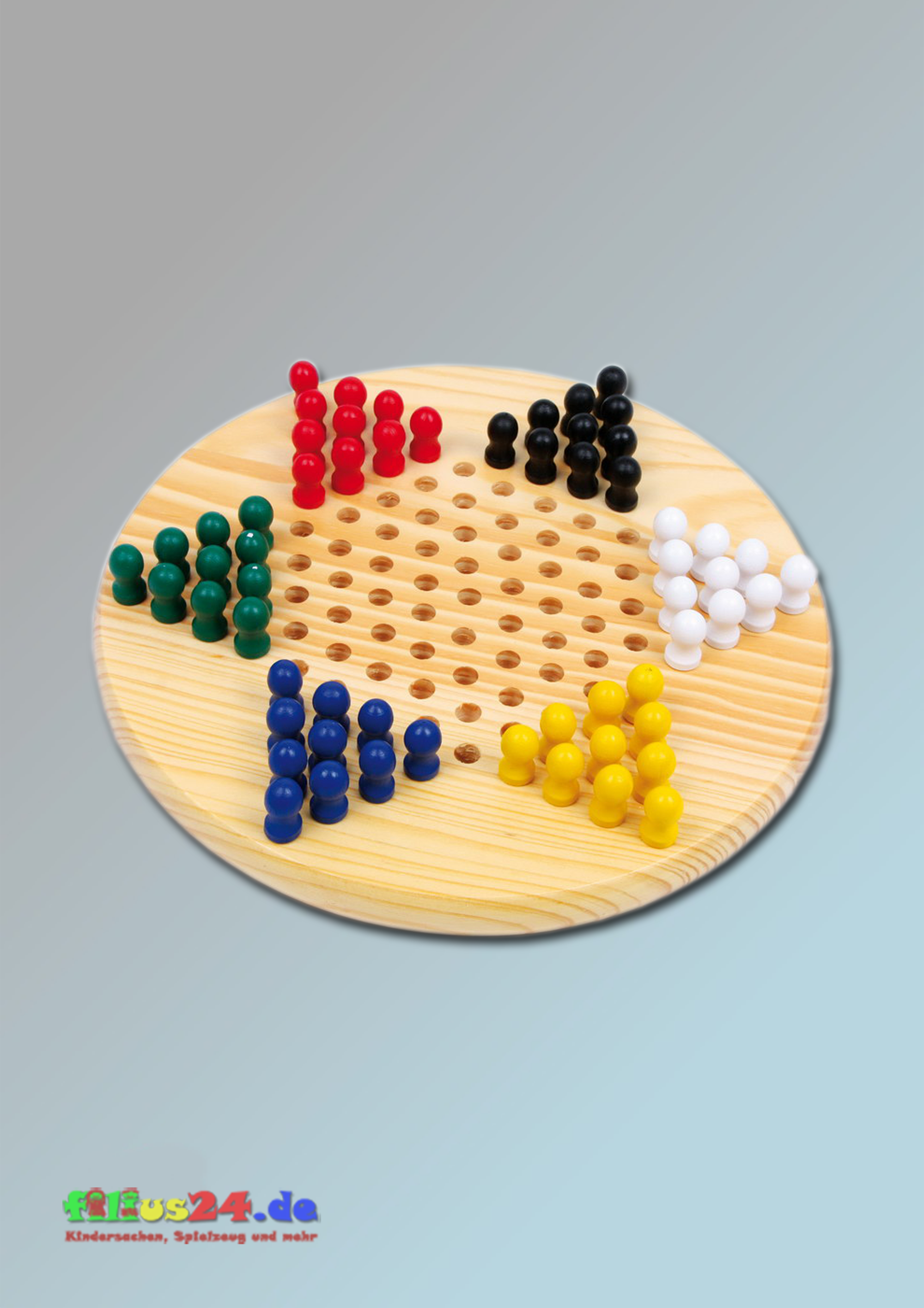
Hill, educated in Classic languages such as Latin and Greek, apparently helped in the development of the game, and named the new game “HALMA,” which is Greek for “jump.” Hill’s accolades regarding the game are quoted in the early HALMA instruction booklets. In the archives of Harvard University is a letter from Thomas Hill to Nan, dated 1888, referring to some of the events of that trip to England four-and-a-half years previously. Thomas Hill, a mathematician, teacher, and preacher who later became president of Harvard, became Robert Monks’ father-in-law when his daughter Nancy married Robert. He described the game to his brother George, apparently, who then took a couple of suggestions from HOPPITY and created HALMA, but not in such a way as to infringe on HOPPITY’s copyright. Monks, discovered the British game of HOPPITY during a trip to England in 1883 or 1884. HALMA was invented between 18 by George Howard Monks, an American thoracic surgeon at Harvard Medical School. “In the game of Draughts when a man is jumped he is removed from the board, and hence some old Draughts players have been unable to believe that it is not so in HALMA, although the contrary is plainly stated in the rules.” Saxon’s Everybody’s Book of Indoor Games, published in London in the mid 1890s, reads, “Further Explanations, in addition to the explicit rules already given, may seem superfluous but the average inability of people to understand printed rules for playing games affords a reasonable excuse for repetitions. When HALMA was introduced into England, the concept of jumping a piece without removing it must have been even difficult to comprehend. Since all players can jump all pieces (if the space allows), the strategy comes in building a chain that you can use more successfully than your opponent(s) can. The game has been classified as a configuration game and a positioning game, but it is basically a race game. HALMA is one of the earliest examples of a category of games in which players can use the positioning of opponents’ pieces to enhance one’s move, but without capturing or removing those opponents’ pieces from the board. Because of the different piece count, collectors finding early games often think they’re incomplete, especially the game designed for three players as well, in which there are two sets of 19 pieces, one set of 15, and one set of 13. In a three-player game, 15 pieces are used by each player. When two play, each player has 19 pieces when four play, 13 pieces. Usually the game is played with either two or four players, but some rare, early versions of the game explain rules for three players. The pieces–four sets of different colors–are small, pawn-like pieces, usually wood, and the board is marked with a “camp” in each corner. Players try to establish a chain or ladder, consisting of their own and their opponents’ pieces, which might allow one piece to move from one corner of the board to the other. Pieces are moved by going into an adjacent, unoccupied space, as well as by jumping over pieces–your own or your opponents’–if there is a unoccupied space immediately beyond players are allowed consecutive jumps on the same turn, but a jump and a simple space-to-space move are not allowed together. The object of the game is for players, starting in the corners, to move their pieces across the board, ending up in their opponent’s starting positions. Two things make HALMA unique: 1) the number of pieces used at the start of the game depends on the number of players and 2) although players may move their pieces by jumping over opponents’ pieces, the jumped pieces are never captured nor removed from the board. HALMA is played on a flat square board with 256 spaces (16 x 16). since the Parker Brothers version in 1961.Ī more colorful than usual Halma gameboard, ca. But HALMA is still played throughout the world, though it has not been produced in the U.S. As a result of the conflict between Bradley and Horsman, Bradley released a revised rendition of HALMA in 1889, with the made-up name ECKHA, stating: “owing to the fact that certain parties claim to possess exclusive rights to the use of the word “Halma,” …(and) in order to avoid any controversy, we now designate that game by the new name of “Eckha.” ECKHA never became popular. According to Milton Bradley, “(Halma), while published by us, went to nearly every part of the civilized world….” Horsman, calling itself “The Halma Company,” claimed ownership as well. Horsman, produced the game into the early 20th century. Monks) in New England in 1885, another American company, E.I. Although Milton Bradley said it had acquired the strategy game from the original inventor (G.H.


HALMA is the only internationally-recognized classic game from the 1800s known to have originated in the United States (though some books incorrectly report it was invented in England).


 0 kommentar(er)
0 kommentar(er)
